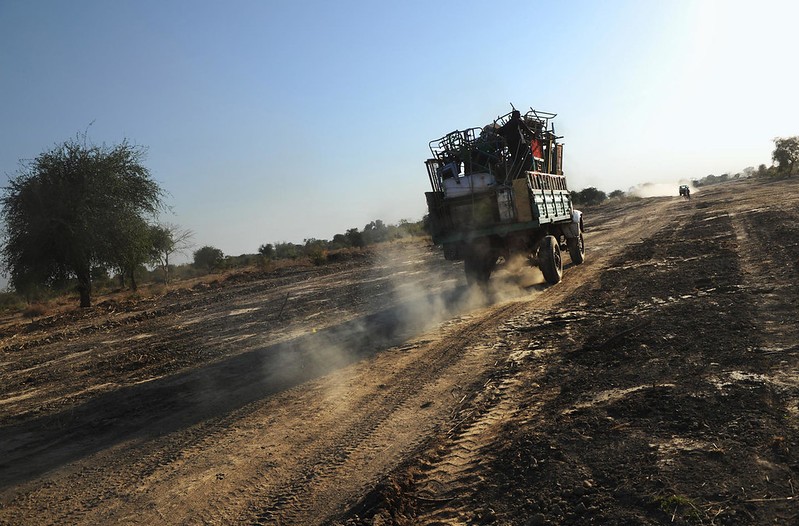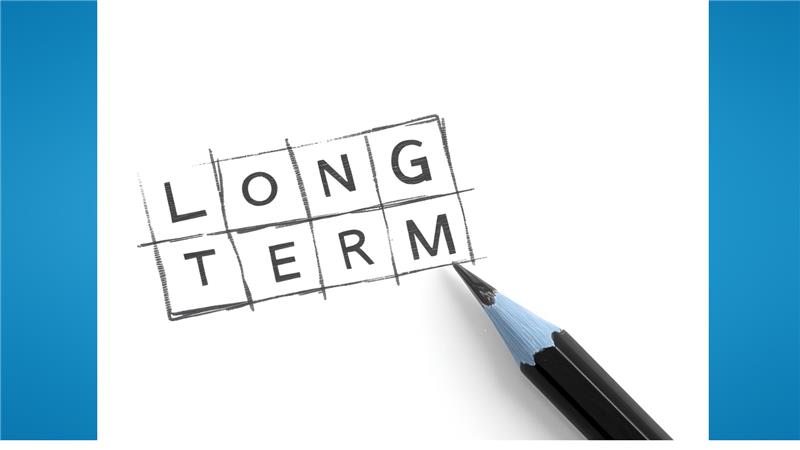In humanitarian contexts, the difference between assumptions and evidence can determine whether aid programs for the world’s most vulnerable people meet their needs or miss the mark. The ADN Dignidad program1, implemented in Colombia by the Cash for Urban Assistance (CUA) consortium, is a compelling example of how to move from good intentions to informed action. Since 2019, the program has reached more than 381,000 people—including vulnerable Venezuelan migrants, Colombian returnees, and host communities—with multi-purpose cash assistance (MPCA), delivering six monthly transfers averaging $77 USD per household. The question was: Were these transfers effective in helping recipients?
Led by Action Against Hunger in association with the Danish Refugee Council and the Norwegian Refugee Council, the consortium made a critical early decision: to embed rigorous evaluation into the program’s design. This is the story of how the consortium not only implemented a cash assistance program but also evaluated it—twice—to ensure it delivered meaningful, lasting change.
In partnership with the International Initiative for Impact Evaluation (3ie), the consortium commissioned two independent impact evaluations: a short-term study, conducted 1 to 3 months after transfers ended, and a long-term follow-up 13 to 18 months later. The goal? To understand not just whether the program was making a difference, but how, and for how long.
Building the case: What the short-term evaluation revealed
The short-term impact evaluation, conducted with 3,189 households, used a Regression Discontinuity Design (RDD) — a rigorous method that compared applicants just above and below the program’s eligibility threshold. This created a credible “counterfactual”: a group of people similar in every way to the recipients, except that they didn’t receive assistance.
This design allowed the evaluation team to isolate the effects of the cash transfers. The results were encouraging:
- Food insecurity among beneficiaries dropped by 25% compared to the control group.
- Household income rose by 15% in the short term.
- Beneficiaries were 70% more likely to report stable incomes during the transfer period.
- There were positive changes in well-being and reduced reliance on negative coping mechanisms like child labor or borrowing.
These findings didn’t just validate the program’s strategy — they helped stakeholders fine-tune implementation in real time. For example, the consortium reinforced messaging around nutrition and financial decision-making, knowing these were areas where behavioral change could amplify impact.
Learning to look ahead: The long-term evaluation
But the consortium wasn’t content with just short-term wins. They wanted to know whether the effects of the program were sustained over time. Thirteen to eighteen months after the last transfer was made, the evaluation team followed up with more than 2,160 of the original households.
Some outcomes had diminished — like income gains and perceived financial stability — but others had persisted:
- Food insecurity remained 13% lower among former beneficiaries, even long after the program had ended.
- There were sustained improvements in social integration and subjective well-being, especially for Venezuelan migrants.
- Importantly, the program continued to be associated with reduced reliance on harmful coping strategies, indicating lasting behavioral shifts.
These findings mattered. They highlighted where cash transfers had enduring power, and where additional, complementary support was needed to sustain gains.
A shift in culture: From intuition to insight
What makes the ADN Dignidad story remarkable isn’t just what was learned, but how that learning happened. In many humanitarian programs, evaluations come at the end, often as a requirement. In this case, evaluations were designed into the DNA of the program.
From designing rigorous methodologies to asking tough questions about sustainability, the CUA consortium demonstrated that learning can happen in real-time, even in the most urgent and complex settings.
This experience also sparked a deeper shift: a growing demand for knowledge within the consortium. Once the short and long-term impacts were understood, partners began asking a new set of questions: What more can we do to strengthen the program? What innovations are worth testing? How can we build resilience, not just relief?
Coming Up Next
In our second blog post, we’ll explore how this culture of evidence use gave rise to a new wave of innovation within ADN Dignidad — including the use of randomized experiments to test strategies for savings and financial inclusion.
By experimenting with new program components, from digital financial literacy to savings incentives and entrepreneurship initiatives, the consortium is now generating real-time data on what works best to maximize the long-term impact of cash assistance.
Stay tuned as we unpack how curiosity, data, and design are shaping the future of humanitarian aid.
1This program was made possible by the generous support of the American people through the United States Agency for International Development (USAID).









